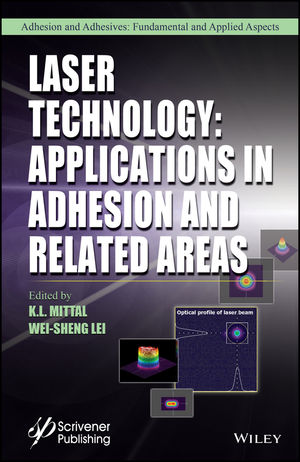Advancements in Verifying Conformance to Accelerated Weathering Test Standards

The LS-200 full-spectrum monitoring device represents a significant step forward for the measurement of light in artificial weathering instruments.
Automatically controlled irradiance (Ci) laboratory weathering instruments were first introduced in 1970. The technology has since become universally used. Today, virtually all lightfastness standards specify irradiance control, and all major manufacturers of lightfastness instruments offer instruments that feature a version of irradiance control.
Until now, controlled-irradiance devices were limited to maintaining and providing irradiance data at, or about, a single wavelength or wavelength range. With the introduction of Atlas Material Testing Technology’s LS-200 full-spectrum monitoring (FSM) device, the complete spectral power distribution (SPD) of the light source can now be measured and recorded. This presentation discusses the features, benefits and capabilities of this device, which has recently been introduced to the market.
History and Evolution of Light in Weathering Tests
The three primary weather factors that cause material degradation are UV radiation, moisture and temperature. Of these, light is the most important aspect of natural and simulated weathering tests. Numerous excellent studies of its importance can be found in industry literature.

|
| Table 1 Click to enlarge |
The first, fairly crude, laboratory weathering tests employed carbon-arc lamps as the solar simulator. Instruments using xenon-arc light sources, which are inherently superior matches to the UV and visible spectrum of natural sunlight, eventually succeeded such devices.
In the mid-1970s, xenon-arc weathering devices with systems to control the irradiance (output) of the light source were introduced. This controlled-irradiance feature is designed to automatically hold the output at one wavelength or wavelength range constant throughout a test, thereby mitigating the negative impact of variable intensity of light on test results. The most common wavelength set points are at 340 nm and 300-400 nm for simulated daylight test methods, and 420 nm for simulated daylight behind window glass. As a result of this technology, nearly all weathering test standards require control of the irradiance as an integral parameter of the method.

|
| Table 2 Click to enlarge |
However, controlled-irradiance technology, which, in principle, is very similar regardless of supplier, is not without some notable weaknesses. It provides information only at the single wavelength (or wavelength range) for which it is configured. Secondly, the systems have little or no flexibility. The user, for the most part, is restricted to controlling and monitoring a test at the wavelength that had been pre-selected and which may only be changed to another single wavelength (range) by tedious hardware changes, often requiring complex recalibration.

|
| Table 3 Click to enlarge |
As with other light sources, the output of a xenon arc will vary with electrical input power, the stability of its enclosure and surrounding optical filters. The lamp and filters will generally tend to degrade or solarize with use. The combination of these variables will adversely affect the quality and quantity of light that impinges upon test specimens. More specifically, the quartz envelope of the xenon lamp will begin to lose transmittance, especially in the shorter UV wavelengths. The resulting spectral power distribution (SPD) will slightly rotate counter-clockwise around the set point wavelength. The controlled-irradiance feature accounts for the decrease of intensity, but does not affect the aging characteristic inherent with xenon-arc sources, nor provide information related to the degree of change.
Evolution of Performance-Based Test Methods
Full-Spectrum Monitoring (FSM)

|
| Figure 1 Click to enlarge |
Summary
Light (UV radiation) is the most critical factor of weathering tests. Control of irradiance levels represents the state-of-the-art, but has inherent weaknesses regarding the information supplied to the user. The LS-200 full-spectrum monitoring device for laboratory instruments represents a significant step forward for the measurement of light in artificial weathering instruments The LS-200 provides an affordable, easy-to-use method to directly determine conformance to the spectral power distribution now specified in current performance-based test methods. Ultimately, this verification can help weathering laboratories reduce operational costs and improve test repeatability.
For more information, visit www.atlas-mts.com.
Looking for a reprint of this article?
From high-res PDFs to custom plaques, order your copy today!






